When the weather is hot and humid, we tend to pray for the colder months to get here as quickly as possible. However, we also have to acknowledge that winter poses its skin issues, no thanks to the lack of humidity during the season.
It’s exciting when winter is in full swing. Everyone’s thinking of the holidays and the cute outfits and hairstyles they’re going to rock for the season. But your skin tends to suffer a lot when the weather is dry and cold. As a result, it needs extra attention once winter rolls in.
Not sure what we’re talking about? Maybe you’re one of the lucky ones who haven’t seen signs of flaking and dehydration. But to help prep your skin now that winter is fast approaching, Venofye has put together a list of the most common winter skin problems and how you can fix them!
Winter is a Tough Time for Your Skin

Common sense will tell you that the skin gets more dehydrated in the wintertime. There’s not a lot of humidity in the air, so your skin is left feeling parched and flaky. This leads to many possible winter skin problems. If you don’t know how to beat them, you’re toast.
There are two main reasons why your skin struggles to be plump and hydrated during the colder months. The first has to do with the air itself. The winter air is harsh, dry, and cold. While you may enjoy the cool, crisp air when you’re doing some holiday shopping, it can end up drying out your skin.
The cold winds strip the natural oils your glands secrete to keep your skin moisturized. As a result, you can expect your skin to be a little less dewy and glowy in the winter months.
The second reason has to do with your habits during the winter. If you turn your heater on high at home to cope with the cold, you’re reducing humidity in your house. That means there’s even less moisture in the air to hydrate your skin. Taking those soothing hot showers has the same drying effect.
Whether it’s because of the extremely cold air or your winter habits, your skin loses over 25% of its ability to retain moisture during the season. This leads to a variety of winter skin problems.
If you don’t address them right away, these problems can lead to redness, flaking, itchiness, and even stinging, due to increased sensitivity. Here are some of the most common winter skin problems and how to nip them in the bud:
1. The Harsh and Dry Air Dehydrates Your Skin
When the winter air starts sucking out the moisture from your skin, leaving it dry and looking exhausted, you need to give it as much hydration as you can. The key to solving winter skin problems relating to dryness (which is almost all of them) is building a moisturizing winter skincare routine.
If you have sensitive skin that is prone to even more irritation during the colder months, it’s best to keep your winter skincare routine simple. Stick with cleansing using a gentle face wash, maybe a few hydrating toners and serums, and then straight to a moisturizer.
Your moisturizer should be thick and rich to replenish the feel of dry skin. Thinner formulas like gels will just irritate if your skin is parched and the weather is intensely cold.
One of our favorite moisturizing creams is the Venofye Iron Bee Transforming Cream. Even though it’s lightweight, it’s filled with so many hydrating and skin-loving ingredients.
This cream contains vitamin A and several botanicals, such as green tea extracts and oat proteins. These make your complexion look softer, smoother, and more radiant.
Another way to beat dehydration in your skin during the season is to always stay hydrated from the inside. You can do that by drinking at least eight glasses of water a day and consuming more foods with omega fatty acids. Using a humidifier in your home can also bring moisture back into the air, and therefore into your skin too.
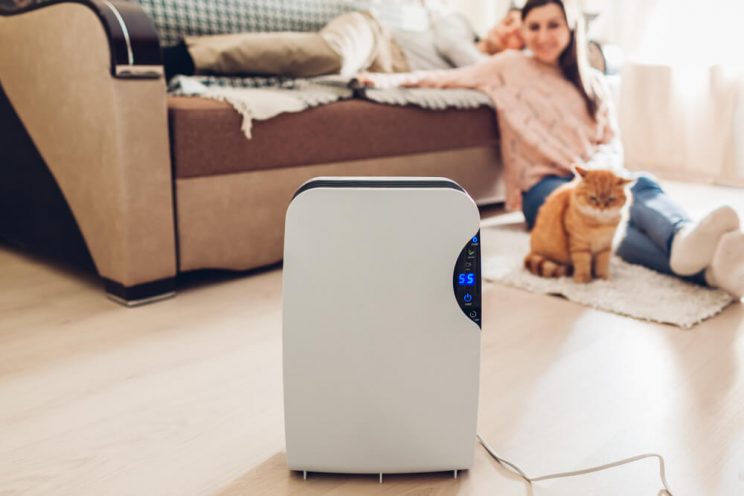
2. You’re More Prone to Trans-Epidermal Water Loss
Even if you do hydrate your skin with gorgeous humectants and botanicals from your serums, if you don’t use an emollient moisturizer, you’ll be vulnerable to the horror that is trans-epidermal water loss.
Trans-epidermal water loss occurs when the air from the environment is extremely dry. This then sucks out the moisture from your dermis since nothing is locking it into your skin. To prevent this from happening, you need to moisturize with a formula containing occlusives, or oils and butter, that seal moisture in the skin.
Occlusive ingredients, like coconut oil, shea butter, argan oil, and other natural oils, coat your skin and create a protective layer over it. These occlusives hold moisture for as long as possible in your skin, keeping it looking dewy and bouncy even in the winter.
To avoid winter skin problems related to trans-epidermal water loss, use an occlusive moisturizer like the Venofye Blossom Bee Night Cream. This moisturizer is designed to lock in all the hydration from your previous skincare steps while leaving your skin feeling soft and supple.
It’s formulated with sunflower seed oil, a soothing emollient that seals moisture into the skin so that it can’t escape, even in the harsh winter winds. This non-comedogenic oil also helps to curb the appearance of skin aging, like visible wrinkles and deep lines, keeping your skin looking youthful and firm for longer.

3. The Extreme Cold and Dryness Leaves You with Flaky Skin
When your skin dries out in the winter, you’ll end up with flaky cells sitting on the surface of your skin. In addition, just the fact that moisture evaporates from your skin faster during the winter gives your complexion a flaky appearance. This makes your skin look and feel rough.
And it’s not just outward appearances that matter. If you have dead skin buildup on your dermis, it will prevent your serums and moisturizing creams from penetrating your skin. You’ll be wasting your money because your skin won’t even absorb your skincare products.
To slough away dead skin, try exfoliating with the Venofye Blossom Bee Facial Peeling. It’s made with a blend of nutshell powder, bee venom, and select hydrating ingredients. It’ll buff away dead cells and detoxify the feel of your skin, making it look smoother and more rejuvenated.
But a word of warning: don’t exfoliate too often. If you exfoliate your skin every single day, you’ll run it raw and tender, making it more sensitive to other winter skin problems. Once or twice a week should be enough to bring the look of life and luminosity back to your dull appearance.
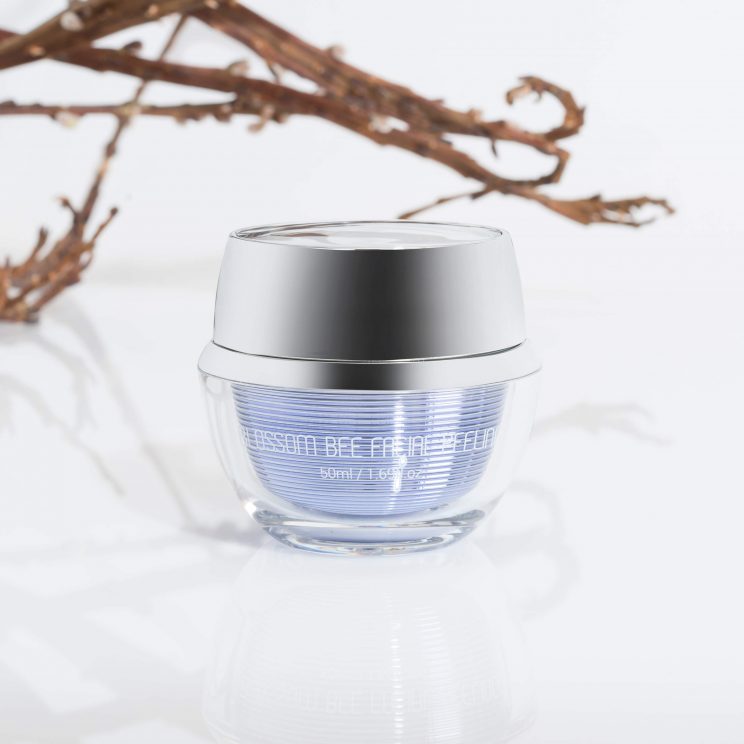
4. Your Complexion Ends Up Looking Dull and Lifeless
Another side effect of dehydrated, flaky skin is a duller appearance in your complexion. Gone is the healthy-looking, dewy glow you enjoyed in the summer – now your skin looks lifeless, flat, and tired.
You need to have something in your winter skincare routine that will brighten your appearance up and make it look radiant again. For that, we highly recommend the Venofye Queen Bee Vitamin C Serum.
Vitamin C is a cult favorite when it comes to brightening the look of the skin tone and fading the appearance of scars and hyperpigmentation. But our formula is more powerful than the usual because it’s made with two different forms of vitamin C, namely ascorbyl palmitate and tetrahexyldecyl ascorbate.
Aside from those, the serum also contains retinyl palmitate, a form of vitamin A that works to make the skin look plump, firm, and supple. Not only will you have skin that looks bright and radiant, but it will feel bouncy and taut too!
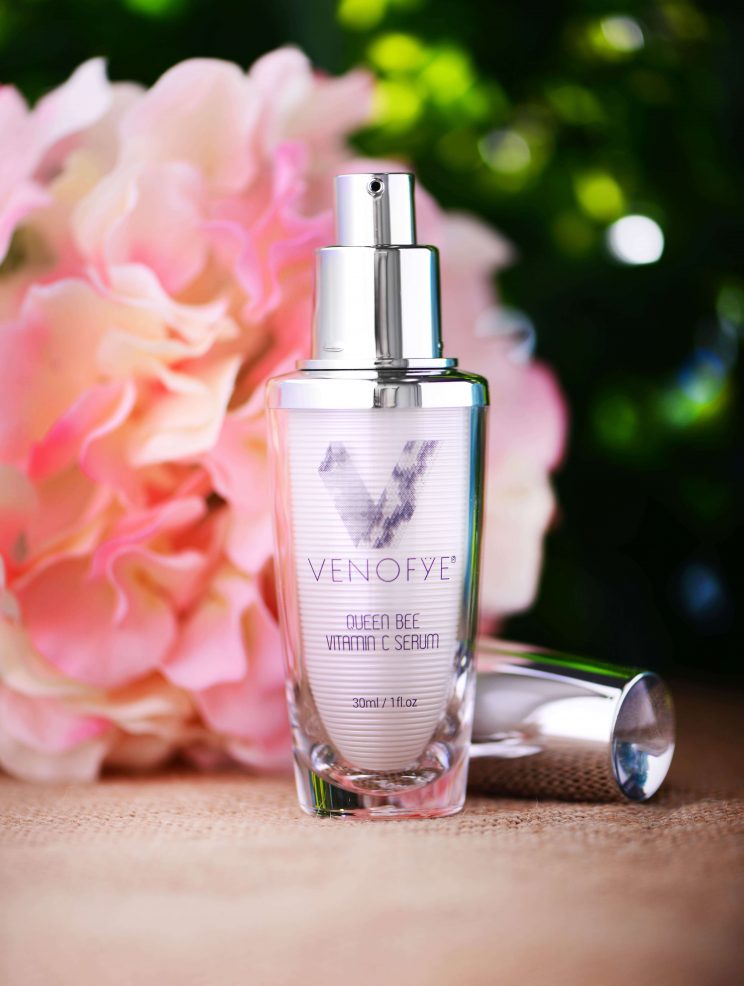
5. Acne Can Be More Rampant with the Shock of Cold Weather
It may sound surprising, but your skin can break out more often during the winter. When naturally oily skin gets super dehydrated because of the winter air, it will try to overcompensate by producing more sebum than usual. This can result in more clogged pores and pimples.
If you do get those dreaded breakouts, be sure not to irritate them with extremely strong spot treatments. Another thing to avoid is picking at your pimples with your fingers. This will just cause acne scars that take forever to fade.
Instead, be mindful of the skincare products you use. Include products with acne-fighting ingredients to help soothe the feel of your skin.

6. The Struggle with Cracked Elbows, Knees, and Heels
Some of the body parts that feel the brunt of the cold winter air include your elbows, knees, hands, and heels. Your elbows and knees are naturally dry. They can often feel rough and flaky at other times of the year too. So, in the winter months, they tend to feel even more irritated and even cracked.
Meanwhile, your hands and heels do most of the work when you walk and do daily tasks. So, they tend to dry up and feel patchy during the colder months.
To treat the skin all over your body with some care in the winter, try using the Venofye Body Butter. It’s infused with a blend of vitamins and botanical oils to deeply moisturize your skin. It’ll leave you feeling as soft and smooth as silk.
It contains shea butter, which is known to be rich and highly moisturizing — just perfect for soothing the look of cracked, dry skin. The body butter also makes use of bee venom. Both of these ingredients also combat the appearance of fine lines and wrinkles, leaving the skin looking firm and taut.
Apply a generous amount of this body cream to your problem areas. Massage it in until it is completely absorbed and your skin feels softer and more comfortable. The instant relief you’ll get from the Venofye Body Butter will make it a skincare favorite as you face your winter skin problems.
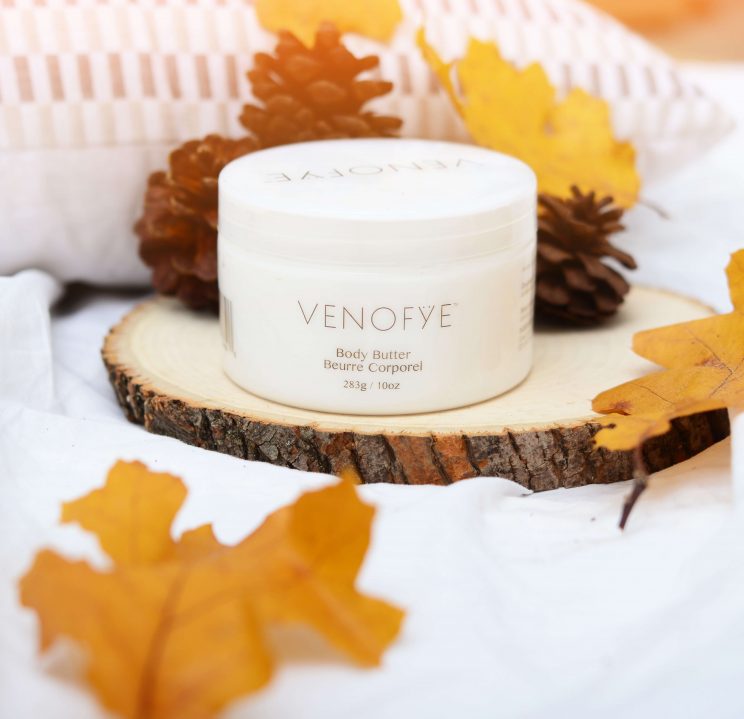
7. Increased Eczema Flare-Ups
If you suffer from eczema, be prepared for more flare-ups during the winter months. Your condition may act out more often during the season because eczema is triggered when the air is dry. It can also be caused by wearing too many clothing layers, like thick sweaters pressing against your skin all day.
If you don’t address your eczema winter skin problems, you’ll end up with itchy, scaly patches on your skin that will be super irritating. To soothe them quickly, use thick creams. Look for soothing skin ingredients, like shea butter, aloe, allantoin, or colloidal oatmeal.
Be sure to consult with your doctor about what you can do to alleviate eczema symptoms during winter.
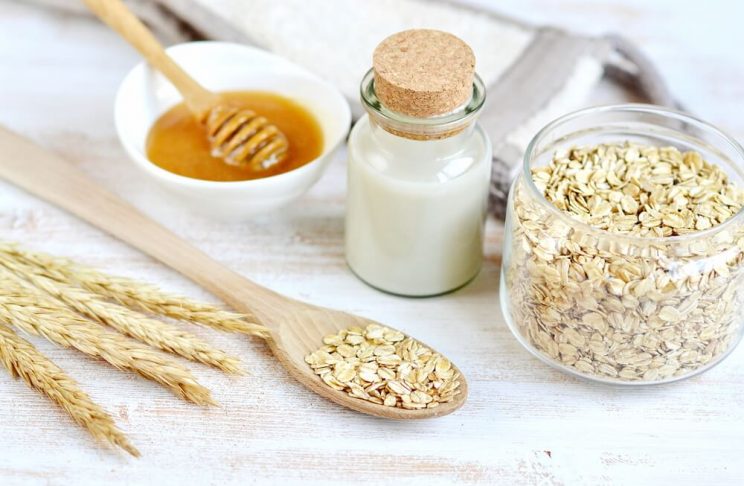
Conclusion
Winter isn’t all about Christmas presents and making snow angels with friends. It’s also about taking extra precautions with your skin to avoid winter skin problems.
This means tweaking your skincare products to care for your skin deeper. You should also be more mindful about bad habits, like picking at breakouts if you have winter acne. As long as you are extra conscious about how your skin is reacting to the change in the weather, you’ll be sure to beat these pesky winter skin problems.
So, with winter just about here, be sure that your skincare arsenal is ready to beat the harsh, cold winds and temperatures the season will bring. Remember, the key is to hydrate, lock in moisture, and soothe the feel of your skin when it’s acting up. Do all these, and you’ll enjoy skin that looks smooth and conditioned all winter long.





0 comments on “Trending 2023: Winter Skin Problems: Why They Happen & How to Fix Them”